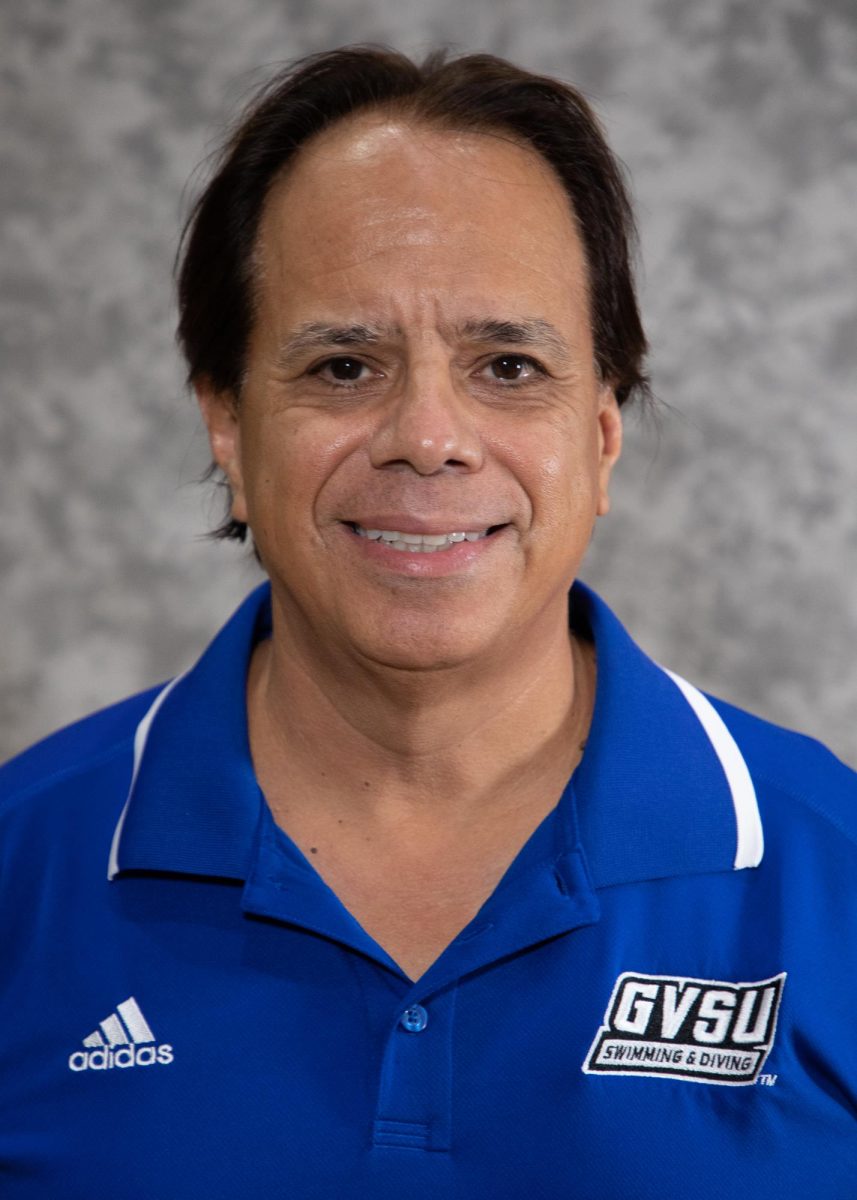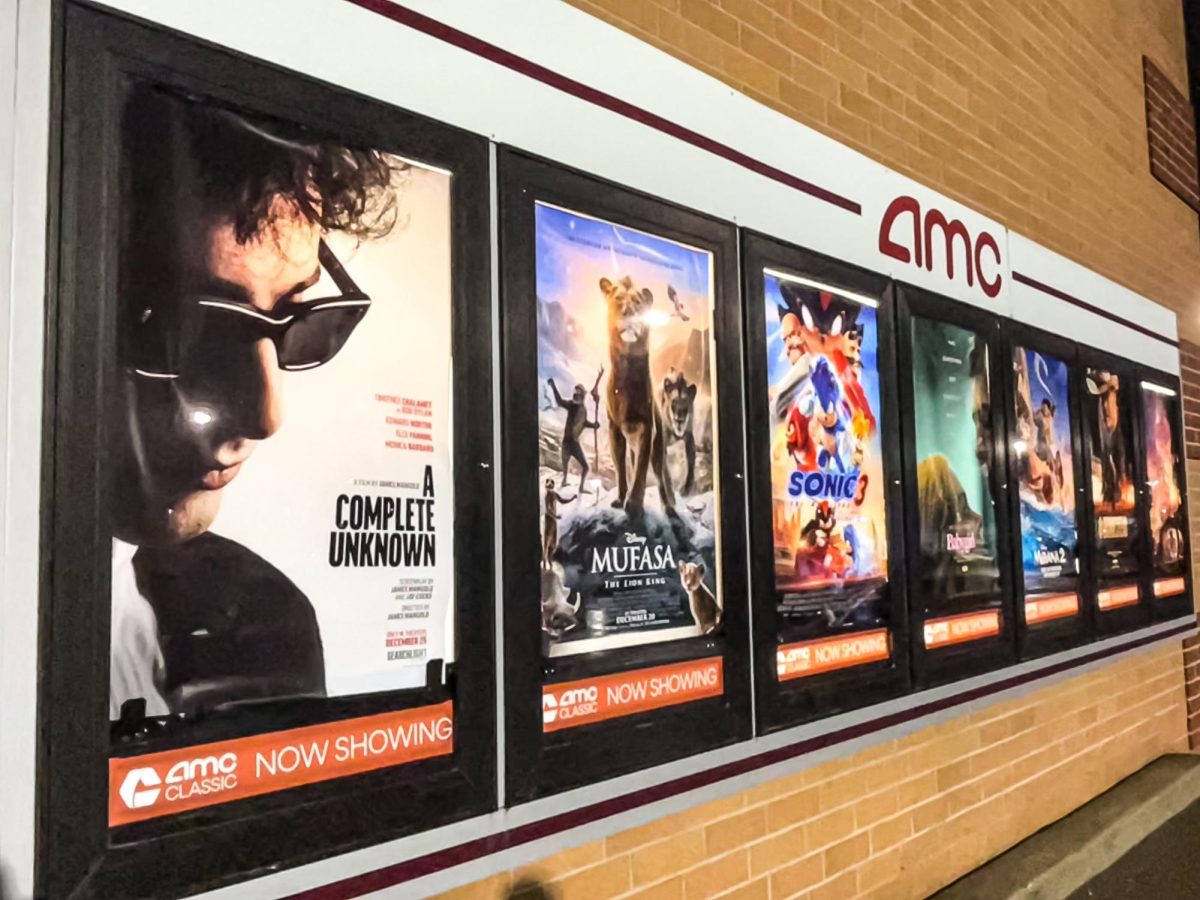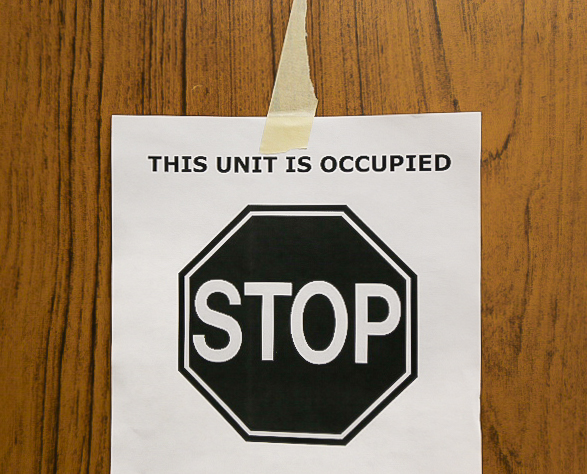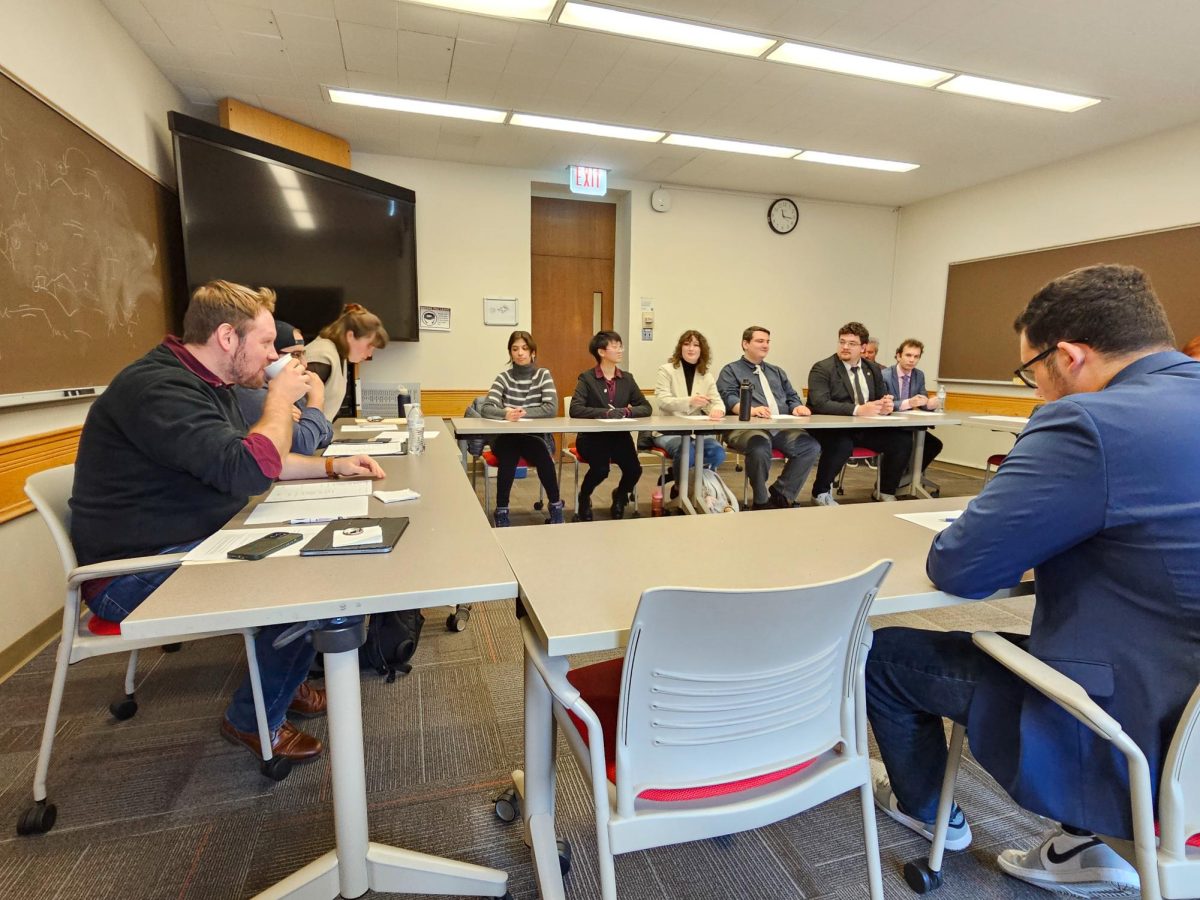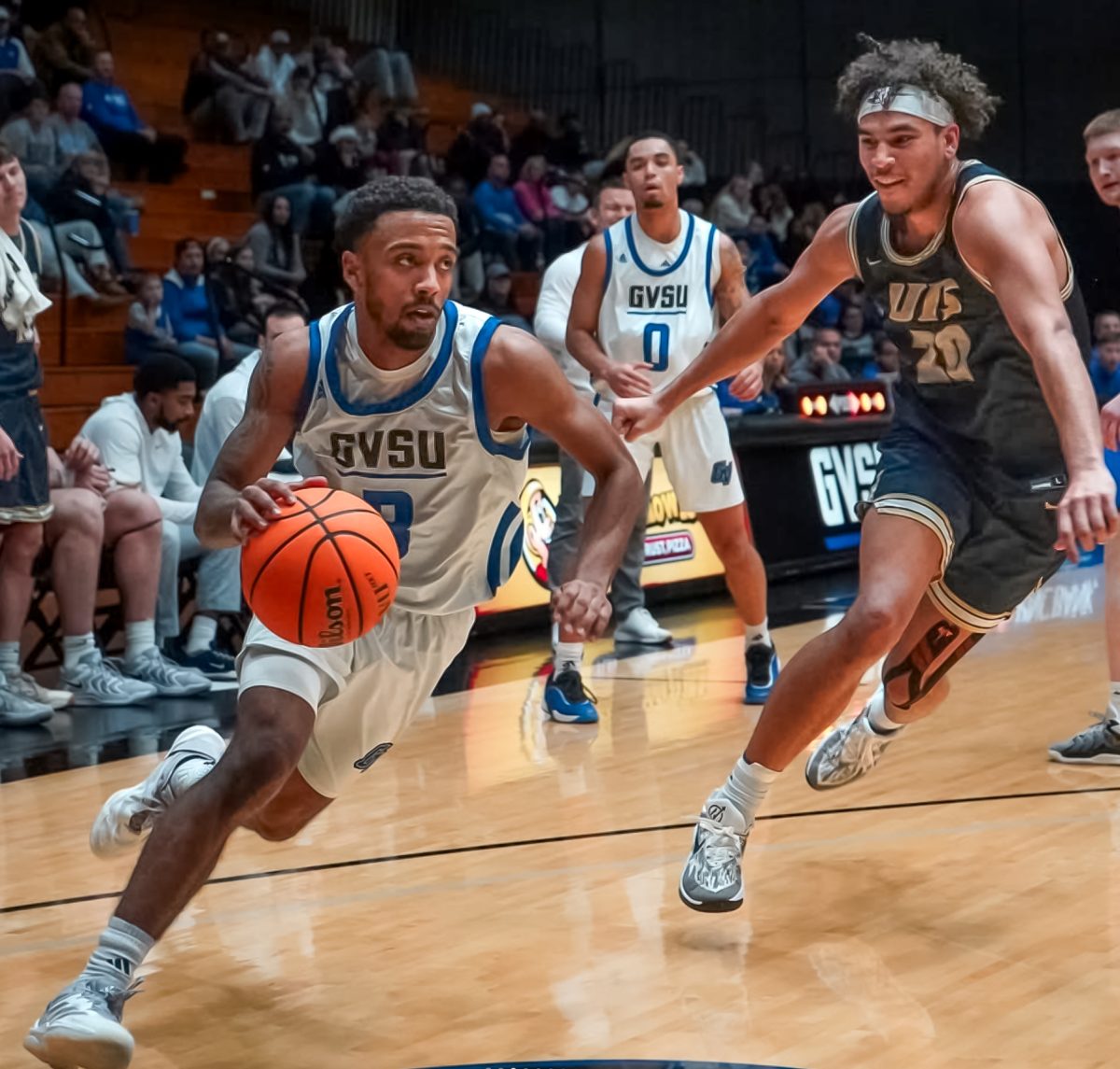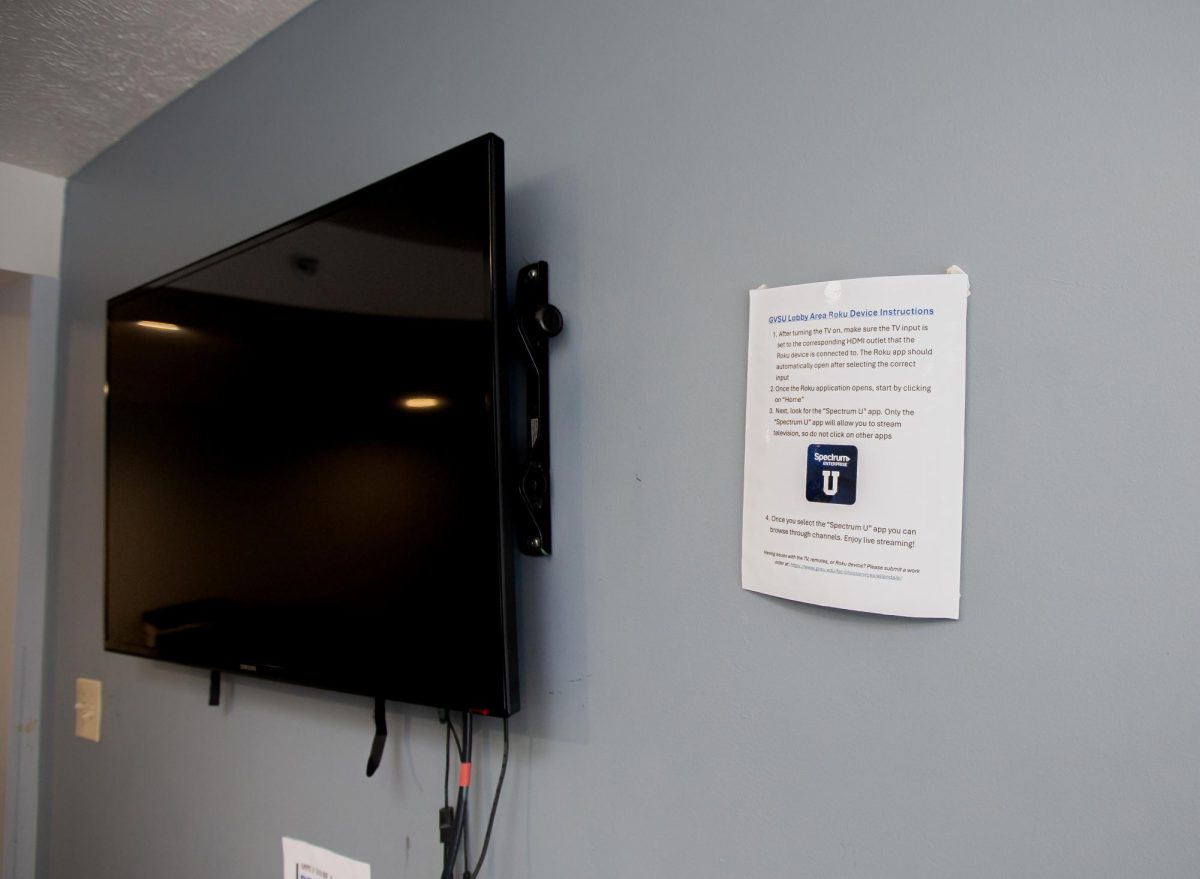Chris Vargas delivers keynote on Transgender Day of Remembrance
GVL / Dylan McIntyre. Tuesday, March 20, 2018. Transgender Day of Visibility : Keynote Speaker Chris E Vargas.
Mar 22, 2018
Possibly unbeknown to many, the contributions to art and popular culture created by those who identify as transgender are often swept under the rug and left unreported.
On Tuesday, March 20, Grand Valley State University welcomed Chris Vargas, an interdisciplinary artist and video maker. With humor and irony, Vargas delivered a keynote speech highlighting the difficulties and trials that transgender people face in terms of lack of representation in popular culture.
This event was part of GVSU’s Transgender Day of Remembrance. In his speech, Vargas described in detail the efforts, ideas and work that went into his fabled Museum of Transgender Hirstory & Art (MOTHA). Vargas also talked in depth about a second project currently in the works, his exhibition called “Trans History in 99 Objects.”
Vargas’ imaginary museum is, in fact, just a series of autonomous events that aim to fight for more representation in popular culture for those who identify as transgender. Throughout the complicated and violent history of this umbrella term, many artistic contributions have been buried by the contributions of those who are considered more privileged.
“MOTHA started from a broadside poster,” Vargas said. Founded in 2013 by Vargas himself, this institution builds on old concepts to create something new. Taking inspiration from other major movements, like “herstory” (a termed coined by feminists in the ’70s), Vargas uses the term “hirstory” to talk about the history of those who are transgender. This term is gender-neutral and is inclusive to anyone who does not conform to a certain gender identity.
“The museum takes an inclusive and expansive approach,” Vargas explained. “It is still and forever under construction.”
Though “forever under construction” may suggest a certain level of failure, that is not the case in this situation. Vargas uses this statement on purpose. Just like how the movement surrounding those who are transgender is constantly changing and evolving, so is Vargas’ museum.
Vargas’ other project, an exhibition called “Trans History in 99 Objects,” is scheduled to be public in July 2018. This exhibition is the collection of objects and pieces of art that reflect the hard-fought battle for the rights of those who are transgender or gender non-conforming. Through donations, Vargas has been collecting a wide array of different objects and materials that show the existence and prominence of the transgender community throughout popular culture.
Featured at the exhibition will be a book signed by Christine Jorgensen (a transgender woman who is considered the first person to become famous in the U.S. for having a sex reassignment surgery), a stiletto signed by a particularly famous transgender woman and other relevant objects.
At the end of the speech, the floor was opened for questions for Vargas. An attendee asked lightheartedly, “Why do you turn to humor so often and consistently? What do you want to achieve by using humor?”
“I’m drawn to using humor as a strategy for talking about difficult things,” Vargas responded. “It’s disarming. You think that you’re to come and laugh, but instead you leave with an important message and lesson.”
With his humor, Vargas was able to create an atmosphere of comfort and ease while still delivering a message he believes is important. With his ongoing, always-evolving museum and upcoming exhibition, Vargas has created a new and creative movement meant to provide representation for a group he believes has been otherwise underrepresented.




